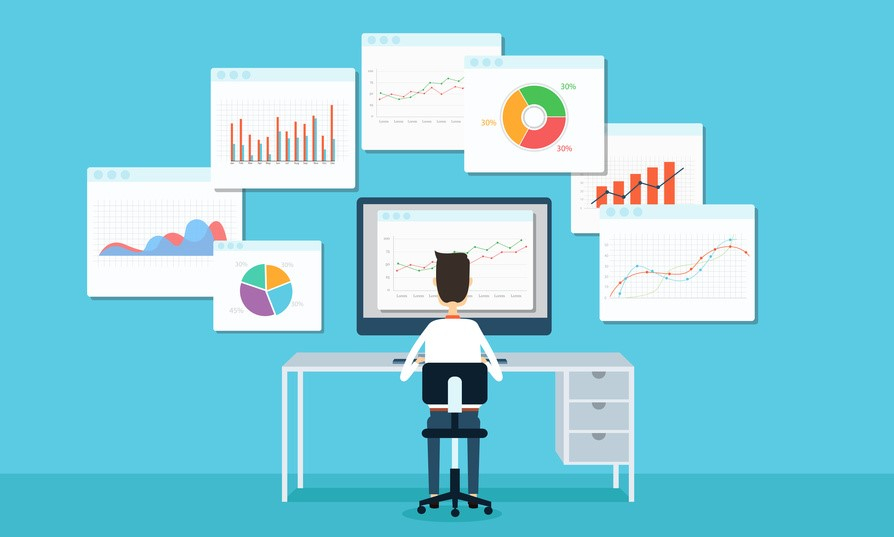Productivity metrics are becoming a norm for businesses and organizations of all sizes, but only because it gives managers, executives, and CEOs some insight into how their employees is doing their jobs.
Productivity metrics are worth considering if you’re letting others know how good you are at your job.
In this blog post, we’ll define a few key concepts that will help you determine what kinds of productivity metrics might help your organization, as well as how to make them work for your goals.
Productivity is an incredibly general term. Before we get into how you can measure it, let’s define what productivity metrics means.
What is Productivity Metrics?
Productivity metrics are a way to measure and track progress toward specific business goals. By monitoring various productivity metrics, businesses can identify areas where they need to improve to increase overall efficiency and effectiveness.
There are several different productivity metrics that businesses can track. However, some of the most common include measures of output per worker, output per hour, and labor costs per unit of production. By monitoring these and other productivity metrics, businesses can get a better sense of where they need to focus their efforts in order to improve overall productivity.
While there are many different ways to measure productivity, tracking productivity metrics can be a helpful way for businesses to identify areas where they need to improve. By doing so, companies can ensure that they are making the most efficient use of their resources and achieving their desired results.
Ways to measure Productivity:
Productivity is how well you’re doing your job. The easiest way to measure your productivity is to compare your performance with someone with similar job responsibilities. For example, a programmer and a designer might be tasked with developing a new feature for your website. Still, their productivity should not be measured using the same metrics because they have different responsibilities.
There are several things you can do to measure how well your employees or team members are doing their jobs, and which ones work best for you depends on your goals.
1. Personal Productivity-boosting-benefits-for-remote-employees
The key metrics in this category include hours spent on tasks per day and total hours worked.
Using these metrics, you can see whether or not your employees spend enough time on their key tasks and how much time they spend on non-essential tasks.Another metric to look at is the number of daily items an employee worked on.
Your goal with this metric is to increase productivity by showing workers how they can speed up how much work they get done within a given time.
2. Team Productivity
There are several things you can do to measure team productivity, and the first thing you should do is make sure each member knows what goals the team has set for them, as well as their own goals.
Once the team has a clear picture of the company goal and an idea of their job role, they can do their work more efficiently. By tracking progress, you can identify areas where your team is falling behind and make changes to get back on track. Measuring productivity metrics can help you see how your team performs against specific goals.
Start tracking progress and measuring productivity metrics if you want your team to be productive. This will give your insight into where your team needs to improve and how you can help them reach their full potential.
To summarize, by tracking and monitoring employee productivity, businesses can identify areas where improvements need to be made. Additionally, companies can use productivity metrics to set benchmarks and compare their performance against other organizations. Ultimately, by utilizing productivity metrics, businesses can increase their chances of achieving their desired objectives.
Just equip it with employee productivity software like Time Champ. to maintain personal and team productivity.
Wrapping up:
Time Champ helps companies unlock productivity potential with AI-enabled time tracking and productivity measurement software. Time Champ collects various metrics and KPIs and presents them in beautifully laid-out analytical charts and reports.

